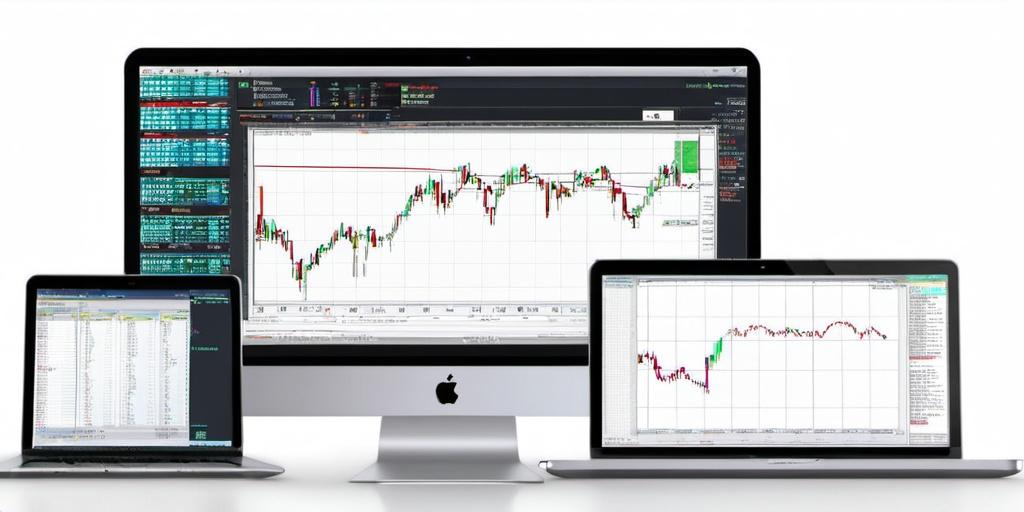Pionex Grid Bot
YukonSoft >> Pionex Grid BotLearn more about Pionex Grid Bot

The Basics of Pionex Grid Bot
When it comes to the world of trading, Pionex has carved out its niche by offering a suite of automated trading tools. The grid bot, a popular offering from Pionex, automates the trading process using a strategy that breaks down the market into smaller, manageable grids. This bot buys low and sells high, over and over again, and does it without breaking a sweat.
How Does a Grid Bot Work?
Think of a grid bot as a chess player planning several moves ahead but without sweating over every decision. It divides your chosen price range into segments, or grids, and starts placing buy and sell orders at these predetermined levels. The basic idea is to profit from price fluctuations within this range. If the market price falls, the bot buys; if it rises, it sells.
Advantages of Using a Grid Bot
One of the plus points of using a grid bot is that it takes emotions out of the trading equation. Humans have a pesky tendency to get greedy or panic-sell, but the grid bot? It’s like the zen master of trading. It sticks to its plan and operates 24/7, no whining about overtime here.
It’s also customizable. You set your trading range, the number of grids, and the investment amount. Whether you’re a cautious newbie or a seasoned trader looking to automate part of your strategy, there’s room for everyone.
The Pionex Edge
Pionex offers 16 built-in trading bots, with the grid bot standing as the flagship. The platform itself provides a user-friendly experience with low trading fees, which is particularly attractive in a market where every fraction of a percentage matters. Whether you’re sipping coffee at home or juggling a busy schedule, Pionex gives you a helping hand to keep the ball rolling in the trading game.
Things to Consider Before Jumping In
Despite its advantages, the grid bot isn’t a magical solution. Market conditions can and do change, and a flatlining market isn’t the bot’s best friend. While it flourishes in volatile environments, it might not perform well during prolonged periods of low volatility.
Setting Up Your Pionex Grid Bot
Setting up a grid bot on Pionex is straightforward, even if it feels like you’re about to launch a spaceship.
Select Your Trading Pair
First off, decide which trading pair you want to focus on. Maybe you’re into Bitcoin and Ethereum, or perhaps you fancy diving into something a bit more exotic. Whichever it is, the choice is yours.
Decide on Your Range and Grids
Next, set your lower and upper price limits as well as the number of grids. This is like plotting your course on a map. Some traders prefer tight, frequent grids, while others opt for wider, less frequent trades.
Let the Bot Do Its Thing
Once you’ve set everything up, it’s time to sit back and let the grid bot do what it does best. It executes trades according to your plan and keeps tabs on price levels. Think of it as your tireless trading assistant, one that doesn’t complain even after all-night trading marathons.
Optimizing for Success
While a grid bot helps automate trading, it’s still wise to keep an eye on things. Market conditions might prompt you to adjust your grid settings. Plus, periodic checks ensure everything runs smoothly and nip any issues in the bud.
Potential Risks and Challenges
Though automated, a grid bot is no free ticket to riches. You’ve got to factor in risks, such as sudden market shifts that could throw your strategy off balance. Plus, while automated bots can operate without sleep, they can’t predict the future. That’s still the domain of crystal balls and fairy tales.
Is the Grid Bot Right for You?
Ultimately, whether or not the grid bot is your cup of tea boils down to personal trading goals and risk tolerance. Are you looking to automate part of your strategy, or are you interested in exploring new ways to engage with the crypto market? A bit of self-reflection never hurt anyone.
In the end, Pionex’s grid bot is a tool, and, like any tool, it requires a bit of savvy to wield effectively. It’s about having a plan, understanding the market, and ensuring you’re making decisions that align with your financial goals.